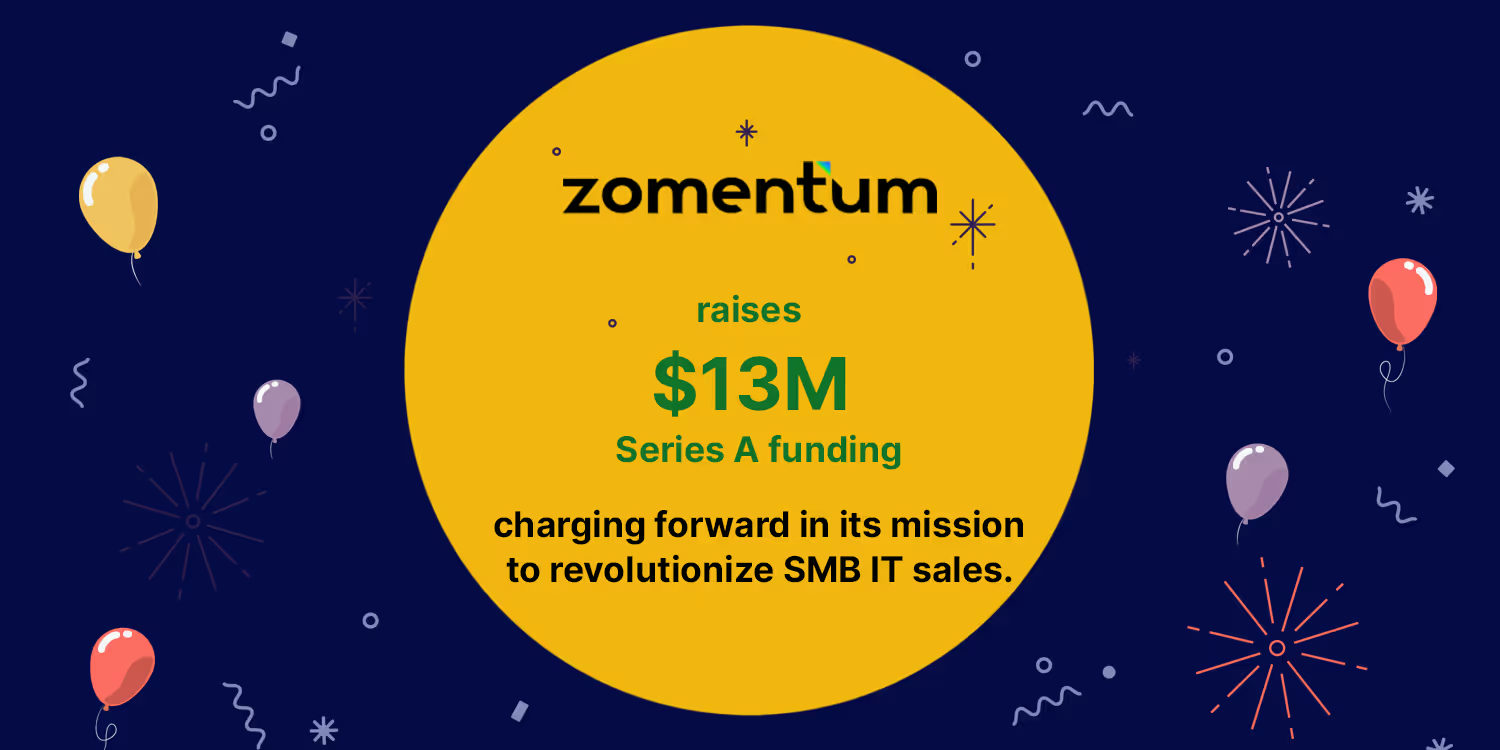Direct Sales vs. Channel Partner Sales: Which One to Choose?
.avif)
Choosing between direct and channel partner sales can be a challenge for many MSPs. This article will help you weigh the pros and cons, while discussing key elements like MSP sales proposals, contracts, and automation.
Direct sales might work if you’re selling Tupperware containers door-to-door, but not if you’re selling much heavier, bulkier Crockpot slow cookers. But what about selling SaaS solutions?
On the surface, selling SaaS solutions directly to your customers seems like a smart idea. For each direct transaction, you keep all the profits. However, it might not always work for you. When you take a closer look, direct sales contain several hidden costs—and some not-so-hidden costs—such as salaries and business management and operations expenses. With this in mind, imagine the expense of selling slow cookers directly to customers. The costs would ultimately weaken the bottom line.
The alternative is to sell your SaaS solutions indirectly through channel partners. By bringing in channel partners, you increase your opportunities to sell more solutions. As a result of your relationship, you share a portion of your revenue with your channel partners.
Some might argue that smaller firms prosper with direct sales, and larger organizations benefit more from channel sales. Before deciding which sales strategy to follow, take a closer look at the pros and cons of direct and channel partner sales.
Advantages and Disadvantages of Direct Sales and Channel Partner Sales
Direct sales and channel partner sales have three revenue considerations:
- Acquiring new sales and reaching the maximum target audience
- Upselling and cross-selling products or services to existing clients
- Managing the business expenses associated with running a sales team
Now let's break down the benefits and downsides of both sales strategies between channel partner sales and direct sales.
Benefits of Direct Sales
- Get complete control over your sales process by identifying the right opportunities and managing pipelines without interference from third parties.
- Receive direct feedback from your clients about what they like or dislike about your service so you can quickly make changes.
- Avoid splitting the profits with a reseller or channel partner.
- Keep all aspects of your pricing strategy under your control with minimum reliance on other parties for revenue.
Cons of Direct Sales
- Building and overseeing a sales force is costly as sales teams incur managerial and administrative costs in addition to wages and bonuses.
- Scaling your sales team is challenging because it requires hiring, training, and onboarding new sales representatives.
- Getting into new markets is expensive compared to entering new regions through a partner network with an already established presence.
Benefits of Channel Sales
- Expand your client base with minimal starting costs because a channel partner has a well-established presence, is well-known, and is regarded by local consumers.
- Scale effectively by bringing on more channel partners, each of whom can manage multiple partnerships and ultimately generate more revenue.
- Establish a new market presence without requiring additional marketing efforts, hiring personnel abroad, or running new offices.
Cons of Channel Sales
- Selling via partners can mean less control over the sales process and your opportunities.
- Viewing pipelines is limited if partners withhold information from you, making it difficult to forecast revenues.
- Depending on your partners and the value they bring, you need to split a substantial chunk of your gains.
Why Channel Sales Is Better Than Direct Sales
For SaaS sales, 48% of small-to-medium businesses (SMBs) involve channel partners in their technology buying decisions. To meet this trend, innovative vendors, like you, are actively investing in channel partners due to:
- Changing B2B SaaS purchasing trends
Working with partners gives you access to SMB buyers who include partners to influence their decisions.
- Scaling the go-to-market (GTM) strategy
Partner compensation is based on commission or margin. And growing an in-house sales team is more pricey than partner acquisition.
As you develop your GTM plan, consider working with partners to expand your consumer base. You can profit significantly from partners' by their:
- Extensive geographic coverage
- In-depth knowledge of their respective industries
- Integration skills
- Ability to provide specialized service and support
- Trusted adviser status
In terms of revenue streams, you can:
- Expand market presence and acquire new sales.
- Train partners to upsell or cross-sell your solutions.
- Reduce the overhead costs of running a sales team.
Countering Channel Sales Cons With PartnerAlign
Partners can deliver on both fronts, from expanding your geographic footprint to generating revenue. But some businesses don't believe they can rely on partners to represent their products correctly. Using channel sales effectively requires finding the right strategic partners. Without the appropriate partners, there's no assurance of profits. You must also manage and control partner sales processes, view pipelines, and predict revenue for a productive collaboration.
Using Zomentum PartnerAlign, you manage your partner programs, view your partners' sales activities, and shadow-assist deals to convert more end clients. Onboard, monitor, and manage relationships with a one-stop solution. Reap the full benefits of partnerships by finding the right partners, establishing partnership objectives, and setting up guidelines.
Boost revenue and scale your business faster with PartnerAlign. Apply to Join.
Suggested Blogs

What’s new in Zomentum - December 2019
.avif)
Zomentum Announces the Top Influential Partners of 2023: Leading the Way in Growth and Innovation

